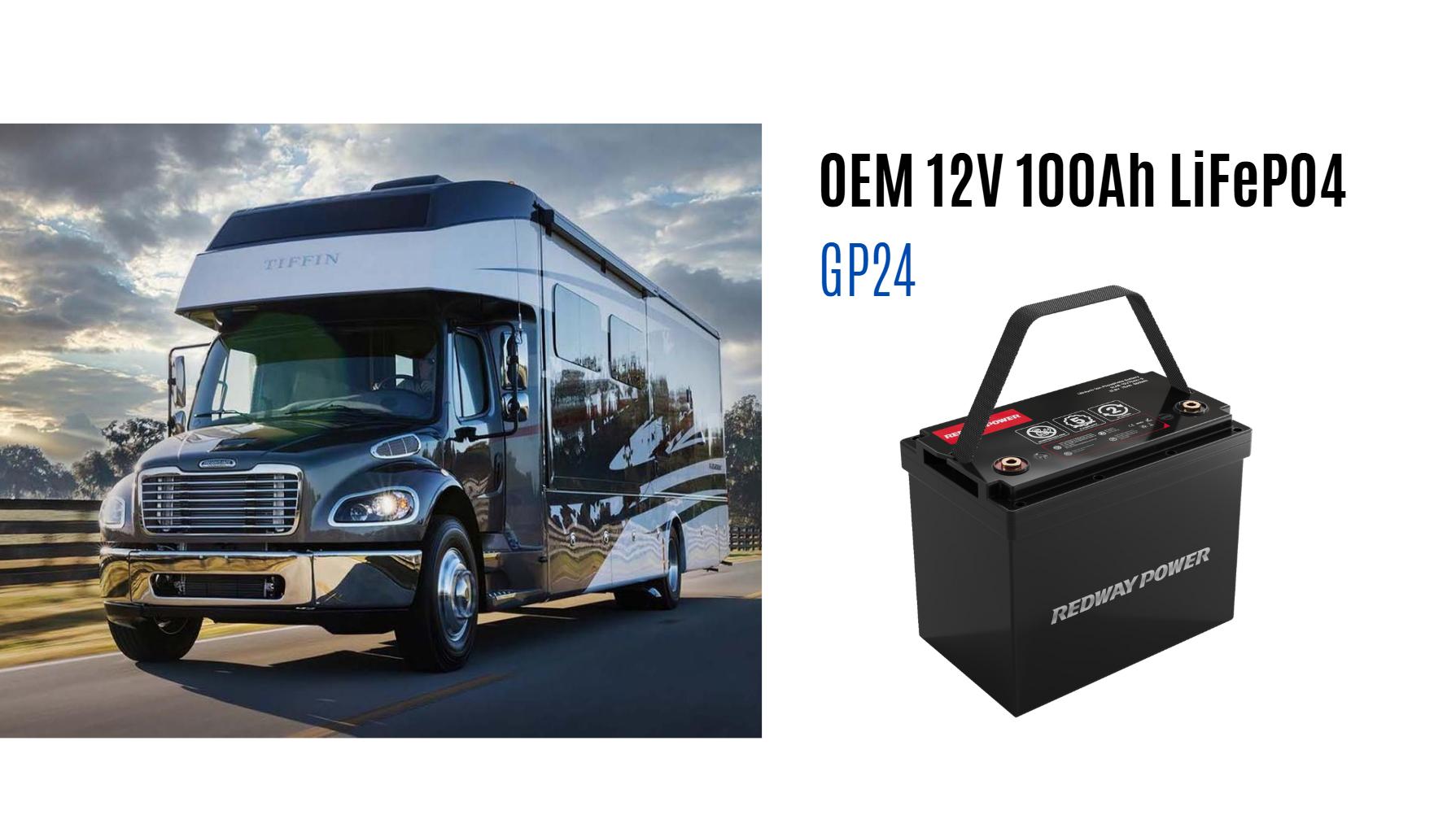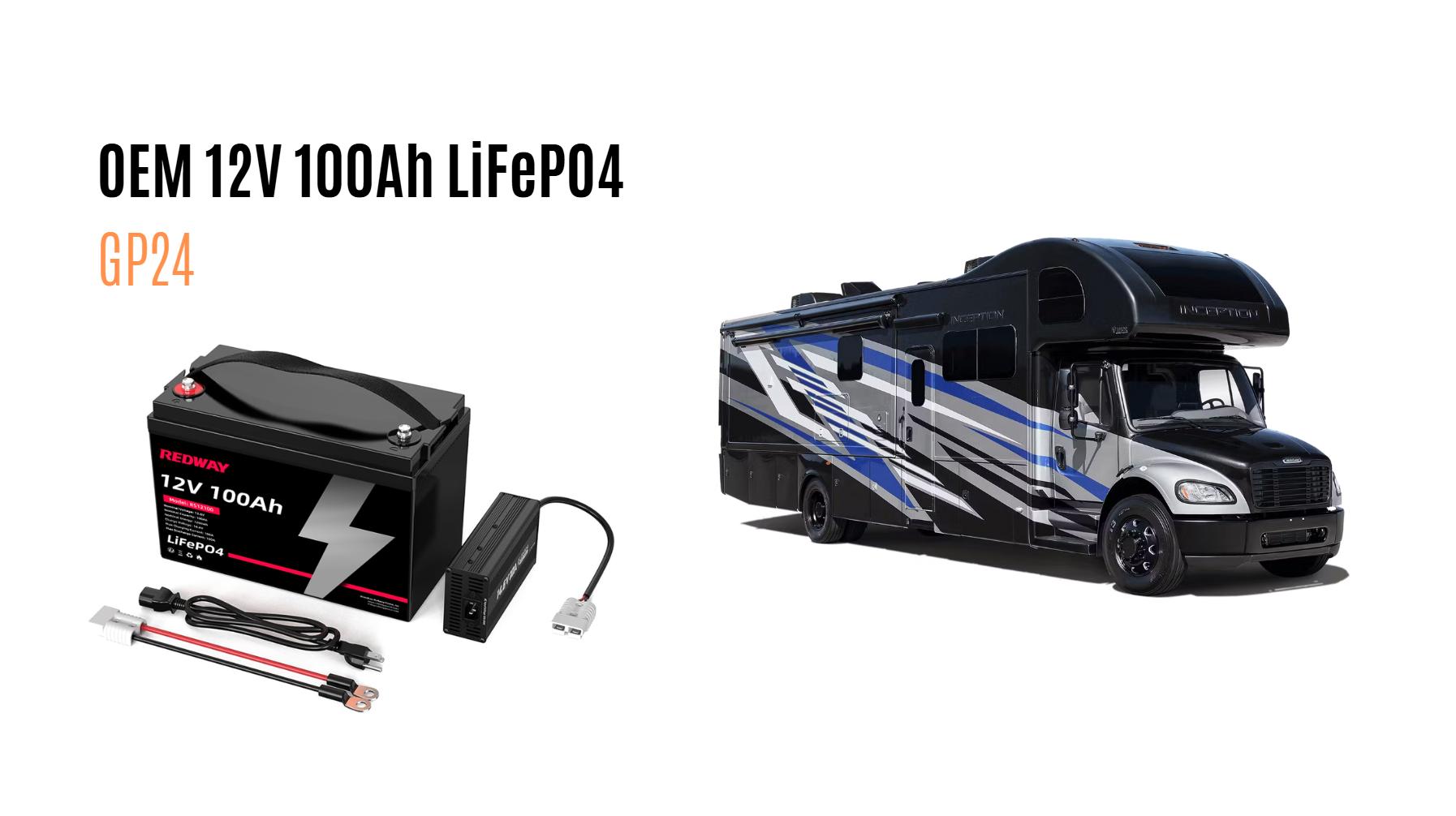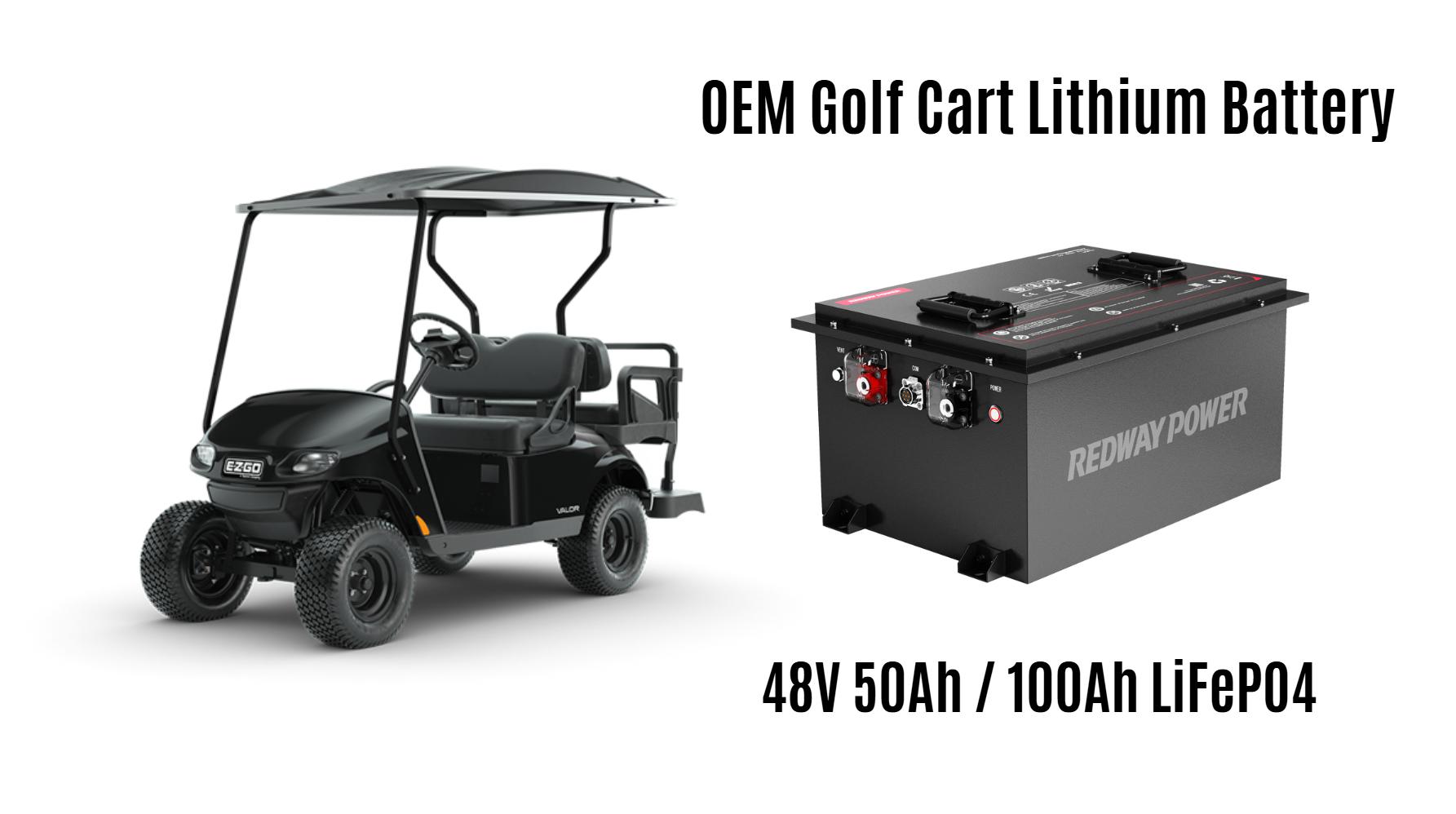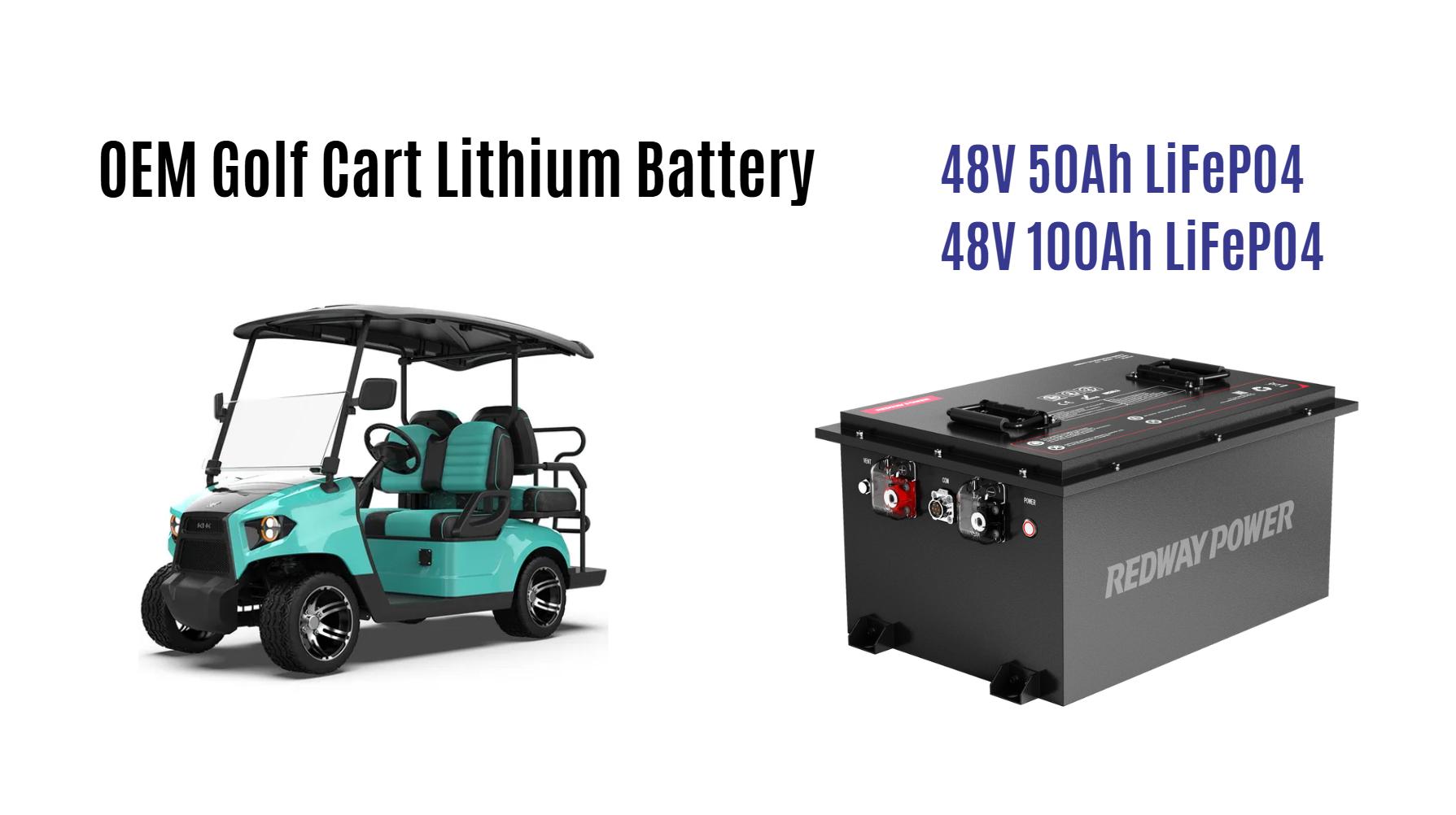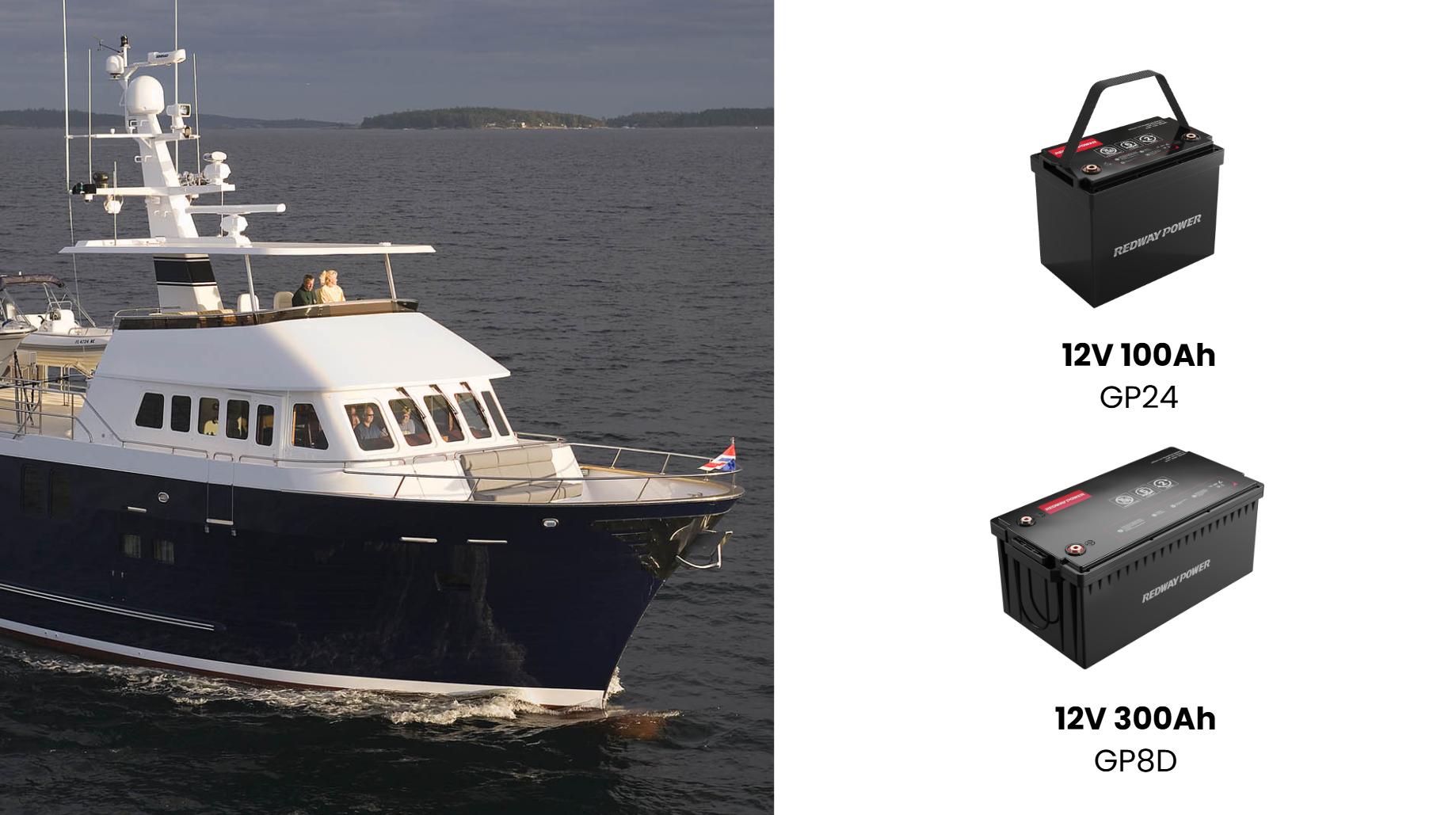What Are the Battery Requirements for Newmar RVs?
What Types of Batteries Are Compatible with Newmar Models?
Newmar RVs typically use deep-cycle AGM, lithium-ion, or flooded lead-acid batteries. AGM batteries are preferred for their maintenance-free design and vibration resistance, while lithium-ion offers longer lifespan and faster charging. Compatibility depends on the model’s electrical system, voltage (12V or 6V), and amp-hour (Ah) capacity. Always consult Newmar’s specifications to avoid mismatches.
How Much Battery Capacity Does a Newmar RV Need?
Battery capacity requirements vary by RV size and power demands. Class A models often require 200–400 Ah for appliances, lighting, and HVAC. Calculate total daily energy consumption (in watt-hours) and divide by battery voltage to determine minimum Ah. Lithium-ion batteries provide usable capacity closer to 100%, whereas lead-acid offers 50–60%.
| Battery Type | Usable Capacity | Weight (lbs per 100Ah) | Cycle Life |
|---|---|---|---|
| AGM | 50-60% | 60-70 | 500-1000 |
| Lithium-ion | 90-100% | 25-30 | 3000-5000 |
For example, a Newmar Dutch Star requiring 300 Ah daily would need 600 Ah of lead-acid batteries versus 330 Ah of lithium. Consider peak loads: air conditioners draw 1,500–3,500 watts, necessitating robust battery banks. Hybrid setups using solar can reduce dependence on generators, but battery capacity must align with solar input. Always factor in 20% buffer capacity to avoid deep discharges.
How Do You Maintain Newmar RV Batteries for Longevity?
Check terminals monthly for corrosion using a baking soda solution. Equalize lead-acid batteries every 3 months. Store at 50–80% charge in temperatures below 90°F. Lithium-ion requires no equalization but benefits from partial discharges (20–80%). Use a digital hydrometer for lead-acid specific gravity tests.
| Task | Frequency | Details |
|---|---|---|
| Terminal Cleaning | Monthly | Use baking soda solution |
| Equalization (Lead-Acid) | Every 3 Months | Controlled overcharge to balance cells |
| Charge Level Check | Before Storage | Maintain 50-80% charge |
Winter storage demands special care: disconnect batteries and monitor charge monthly. For lithium-ion, avoid storing at full charge to prevent stress on cells. Use insulated blankets in sub-freezing climates. Newmar’s battery monitoring systems help track health—replace batteries when voltage drops below 12.4V (lead-acid) or 12.8V (lithium) after 24 hours of rest.
What Is the Optimal Charging System for Newmar RV Batteries?
Newmar’s Intelli-Power 9200 converter or lithium-compatible chargers are recommended. Chargers must match battery chemistry: AGM requires 14.4–14.6V absorption, while lithium needs 14.2–14.6V. Solar panels with MPPT controllers or inverter generators enhance off-grid charging. Avoid overcharging lead-acid batteries, which reduces lifespan by 30–50%.
How Does Temperature Affect Newmar RV Battery Performance?
Extreme cold reduces lead-acid capacity by 20–50% at 0°F, while heat above 100°F accelerates degradation. Lithium-ion performs better in cold (-4°F to 140°F) but requires heating pads below freezing. Newmar models with enclosed battery bays benefit from insulation or ventilation systems to mitigate temperature extremes.
What Safety Standards Apply to Newmar RV Batteries?
Batteries must meet UL 1989 (lead-acid), UL 1973 (lithium), and ABYC A-31 standards. Compartment ventilation, secure mounting, and fused circuits prevent gas accumulation, fires, or short circuits. Lithium batteries require Battery Management Systems (BMS) for thermal runaway protection.
What Are the Warranty Considerations for RV Batteries?
Newmar’s warranty covers defects but excludes improper installation or chemistry mismatches. AGM warranties average 2–4 years; lithium offers 5–10 years. Pro-rated terms often require proof of compatible charging systems. Document maintenance logs and voltage levels for claims.
How to Upgrade Newmar RV Batteries to Lithium-Ion?
Replace lead-acid with lithium only if the converter, inverter, and alternator support lithium profiles. Upgrade wiring to handle higher current (e.g., 4/0 AWG for 300Ah+ systems). Install a BMS and confirm weight distribution—lithium saves 40–60% weight but may require tray modifications.
“Newmar’s shift toward lithium-ready systems reflects broader RV trends. Lithium’s 3,000–5,000 cycle life outperforms AGM’s 500–1,000 cycles, but upfront costs remain a barrier. We recommend hybrid setups: lithium for house batteries, AGM for chassis. Always prioritize batteries with low internal resistance for faster recharge during generator use.”
— Redway Power Solutions Engineer
FAQs
- Can I mix battery chemistries in a Newmar RV?
- No—mixing AGM and lithium-ion risks imbalanced charging, overheating, and reduced lifespan.
- How often should I replace Newmar RV batteries?
- AGM lasts 3–5 years; lithium lasts 8–12 years. Replace when capacity drops below 70% of rated Ah.
- Does Newmar cover battery replacements under warranty?
- No—batteries are consumables. Warranties apply only to manufacturing defects, not normal wear.


